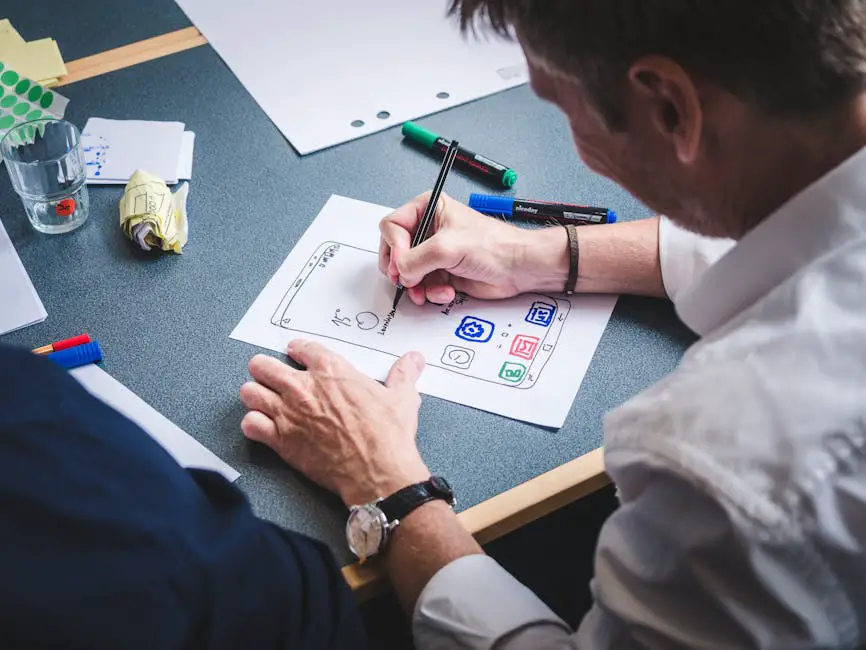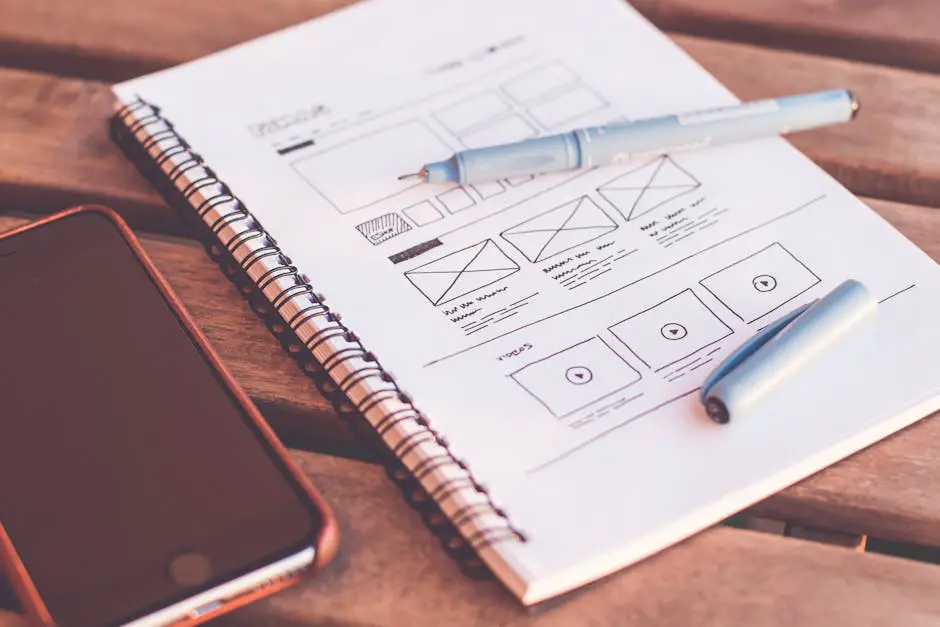Understanding User Experience Design
User Experience (UX) design focuses on shaping products to fit users' needs. It involves crafting smooth and meaningful interactions that cater to user requirements. UX design turns complex processes into user-friendly experiences by prioritizing the user's perspective.
In practice, UX design involves research methods like:
- Interviews
- Surveys
- Usability testing
This information helps in constructing prototypes that align with user expectations. Testing these prototypes allows for refinement.
UX design differs from UI design. While UX focuses on the overall feel and ease of use, UI design handles the actual look and layout—the visual components users interact with. UI decisions impact UX, but each plays a distinct role in the design process.
Don Norman, who coined the term "user experience," emphasized looking beyond aesthetics to consider emotional and practical user interactions. Essential UX principles include:
- Usability
- Accessibility
- Empathy
As technology integrates further into our daily lives, UX designers continue to refine and advance these seamless experiences, making technology accessible and enjoyable for all.
The UX Design Process
The UX design process is iterative and dynamic, with each phase building upon the previous to refine the overall experience. It begins with user research, gathering insights about users, their needs, preferences, and pain points through interviews, surveys, and observations.
Next, designers create information architecture, organizing content logically and ensuring easy navigation. Techniques like card sorting help determine effective categorization and flow of information.
Wireframing and prototyping follow, providing skeletal frameworks and interactive models that simulate the user experience. These are valuable for testing ideas before full development.
User testing involves real users interacting with prototypes to uncover usability issues and gather feedback. Methods like A/B testing compare different versions of a design to see which performs better.
Design iteration incorporates insights from testing back into the design. This cycle allows for continuous refinement and improvement, ensuring the final product meets user needs efficiently.
"UX is focused on the user's journey to solve a problem; UI is focused on how a product's surfaces look and function."
Tools such as usability testing platforms and collaboration software facilitate this process, allowing designers to work seamlessly together and keep the user at the forefront of every decision.
Essential Skills for UX Designers
UX designers need a mix of technical expertise and interpersonal abilities. Key skills include:
- Empathy: Understanding and addressing user needs and challenges.
- Communication: Articulating ideas, design concepts, and research findings to multidisciplinary teams.
- Critical thinking: Analyzing problems, evaluating solutions, and iterating on designs based on feedback.
- Research proficiency: Familiarity with tools and methodologies for gathering insights into user behaviors and preferences.
- Technical skills: Proficiency with design software like Figma, Sketch, and Adobe XD for creating wireframes and prototypes.
These skills enable UX designers to create intuitive, effective, and engaging digital experiences, balancing understanding of human behavior with technical expertise.
Career Paths in UX Design
UX design careers vary based on company size, industry, and area of focus. Large companies often offer specialized roles like:
- UX researcher
- UX writer
- Interaction designer
- Usability analyst
Smaller companies may require more holistic roles, where designers manage multiple aspects of UX design.
Professionals transitioning from related fields like graphic design can adapt by focusing on understanding user needs and interaction design principles. Other fields that naturally transition into UX design include:
- Industrial design
- Psychology
- Human-computer interaction
As demand for skilled UX designers grows, opportunities in this field expand. Whether specializing or embracing wide-ranging roles, UX designers can shape their careers to match their interests and evolve with changing technology and user needs.
The Impact of UX Design on Business
UX design significantly impacts business in several ways:
- Customer satisfaction: Intuitive and enjoyable products lead to higher retention rates and brand loyalty.
- Cost reduction: Well-designed products minimize user frustration, reducing customer support needs.
- Competitive advantage: Companies excelling in UX design often outpace competitors and capture market share.
- Brand perception: Seamless experiences enhance a brand's reputation as user-centric and innovative.
- Financial returns: Improved UX can lead to increased conversion rates and revenue.
Investing in UX design yields measurable returns, making it a vital element in sustaining competitive advantage and driving business growth in an increasingly user-driven economy.

UX design shapes how we interact with products, making our digital journeys smoother and more intuitive. Its impact on both users and businesses continues to grow, highlighting its importance in the interplay of design and technology.
- Norman D. The Design of Everyday Things. Basic Books; 2013.
- Nielsen J, Norman D. The Definition of User Experience (UX). Nielsen Norman Group.
- Adobe. Creativity and Design Industry Trends. Adobe; 2022.
